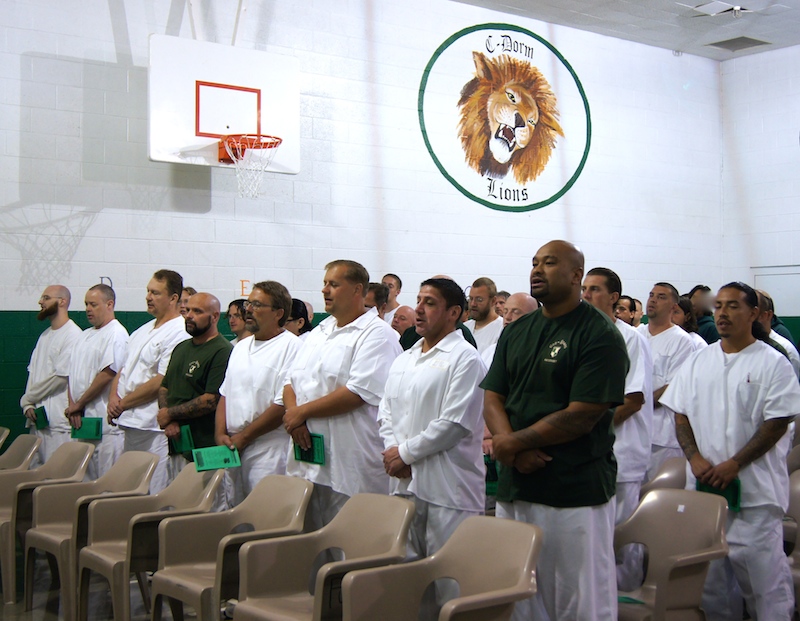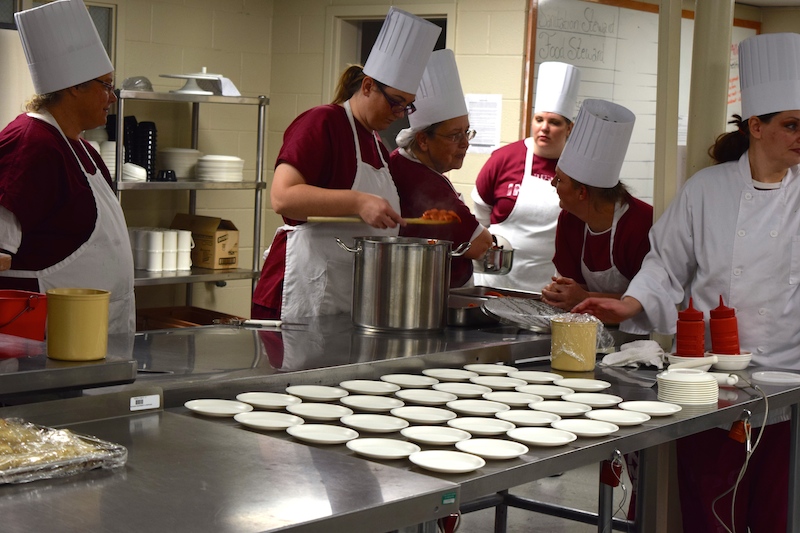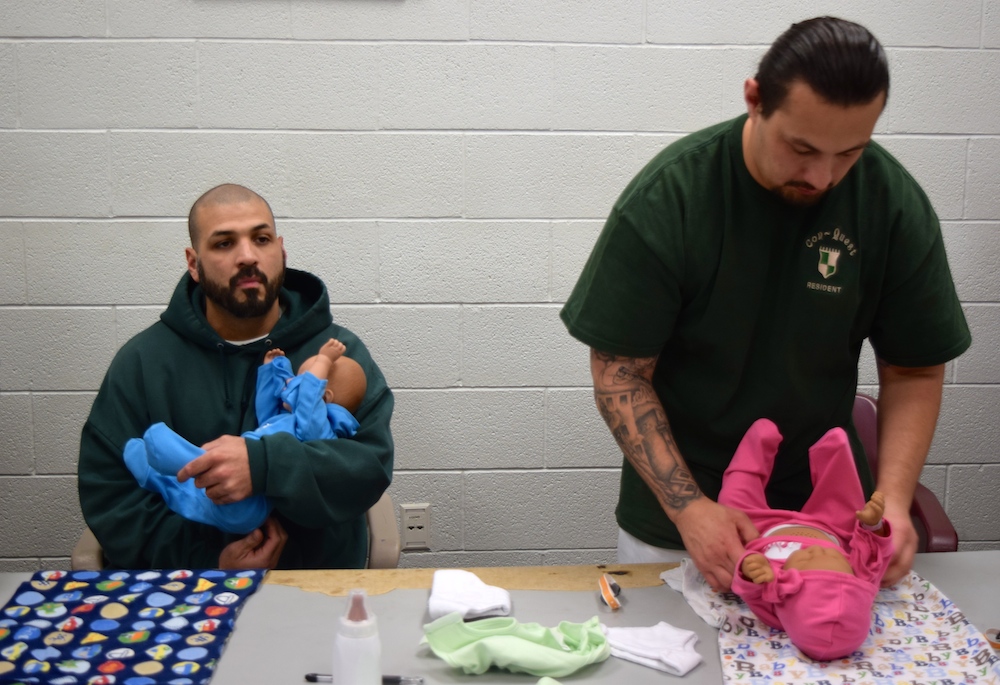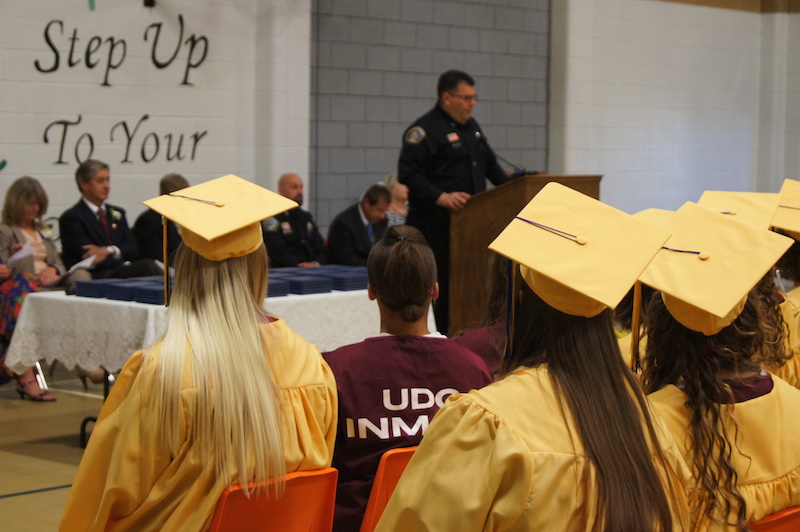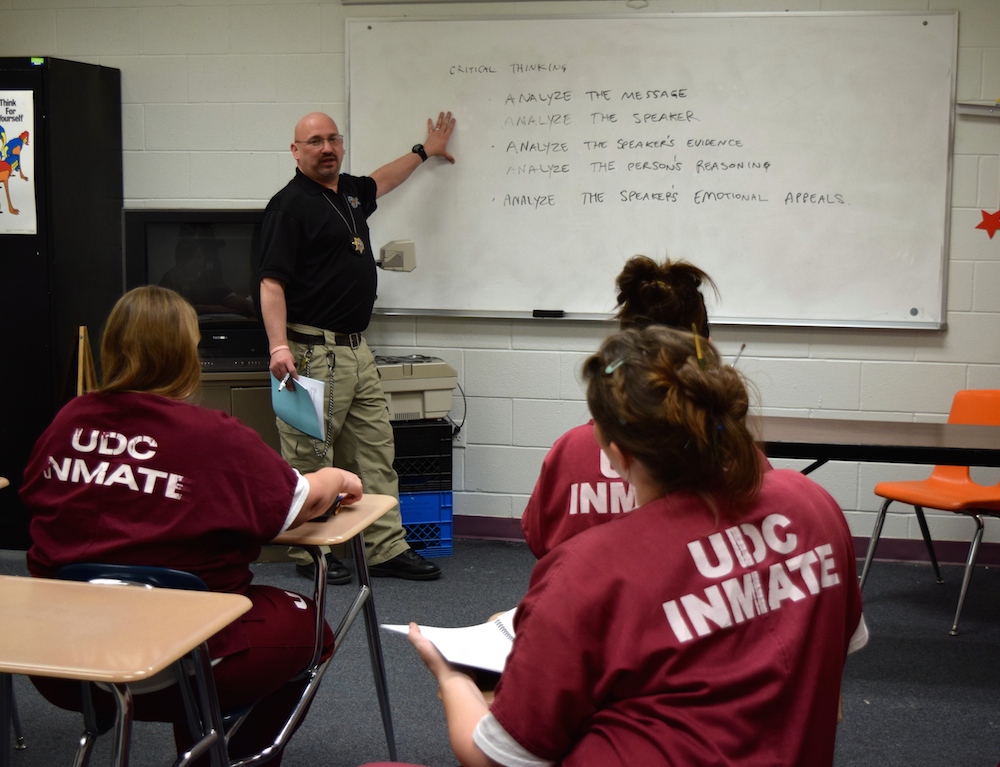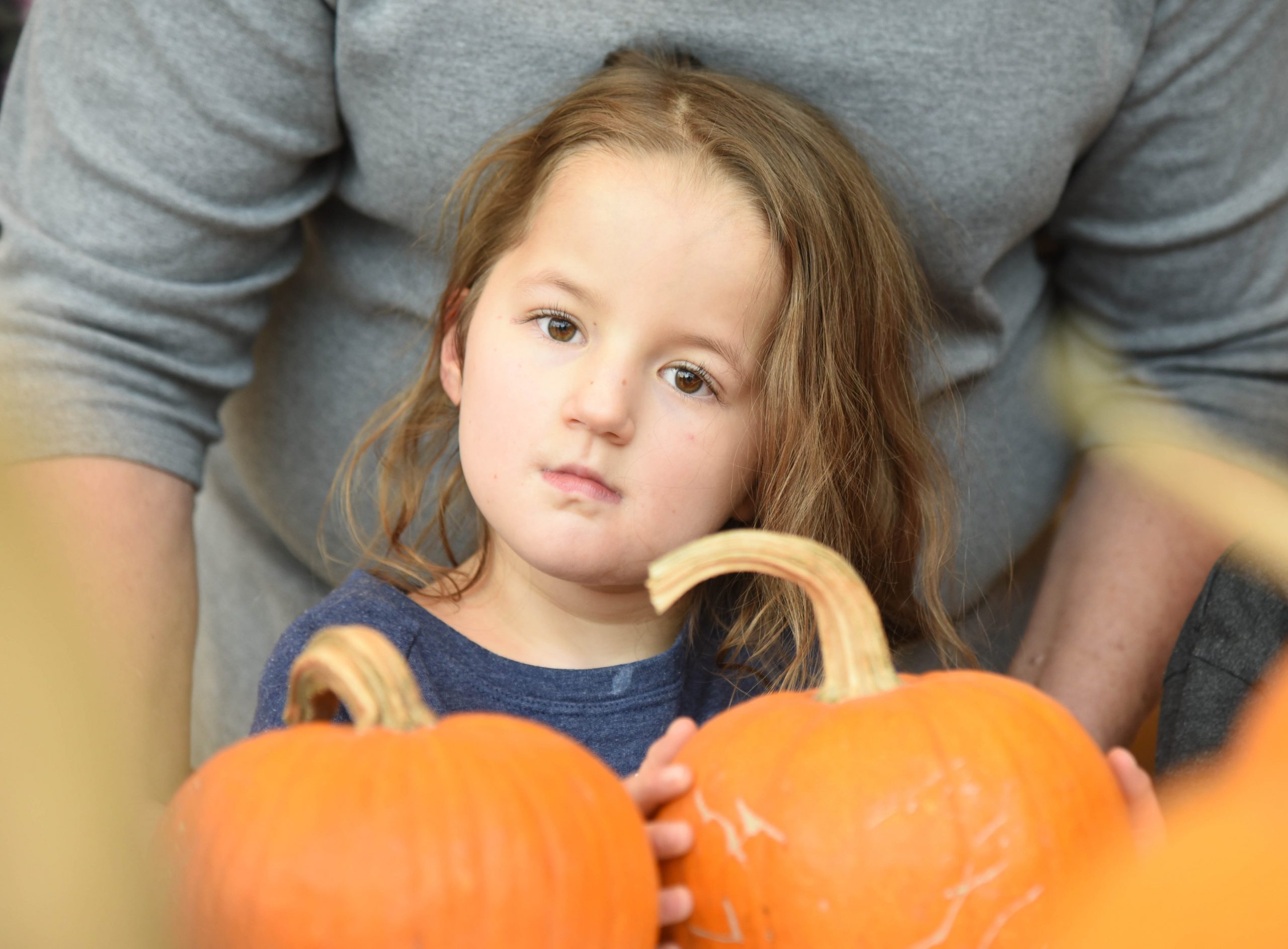03 Mar Con-Quest
The Con-Quest program is housed in the Promontory Facility at the Utah State Prison and can accommodate 400 inmates. Inmates with substance dependence or abuse issues who have treatment listed among their top priorities in a Case Action Plan are eligible to participate in the program. Con-Quest is based on a therapeutic community model and is focused on teaching responsible living habits to enable inmates to successfully re-entry society. Inmates, called residents while in the program, practice and live those principles on a daily basis, with daily responsibilities they are expected to perform. A key aspect of the program is accountability, and residents are taught to hold each other accountable to their actions, behaviors and attitudes. While in Con-Quest, residents engage in individual and group therapy with licensed clinicians. They also participate in behavioral modification classes and are able to participate in educational and vocational training programs designed to enhance employment skills. Residents are expected to be productively engaged 40 hours per week in jobs, classes or programs. Residents spend a minimum of 12 months in the program....

